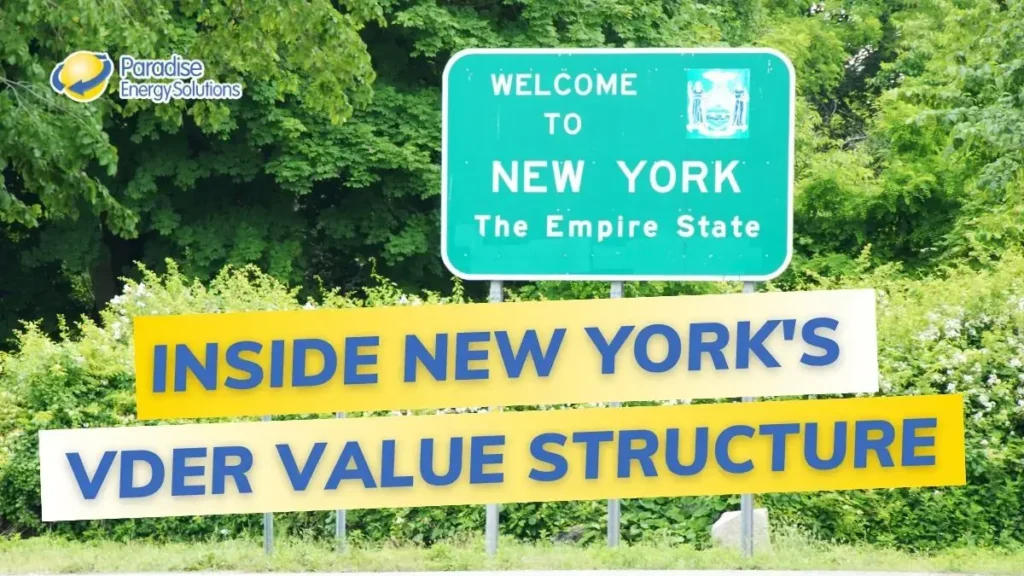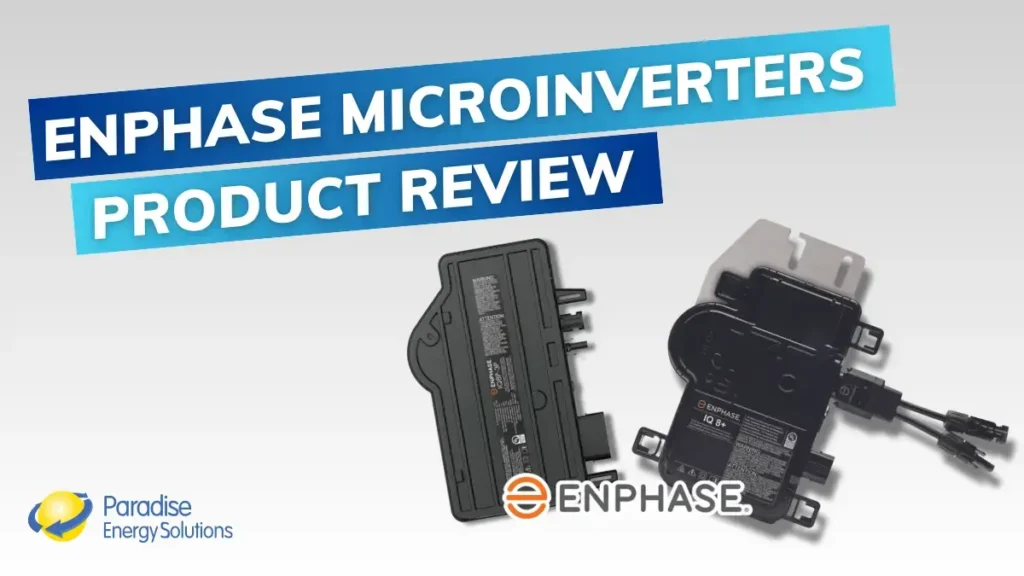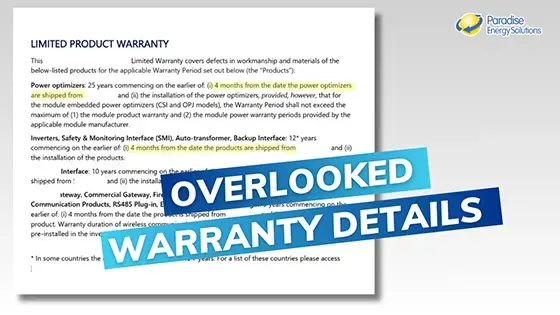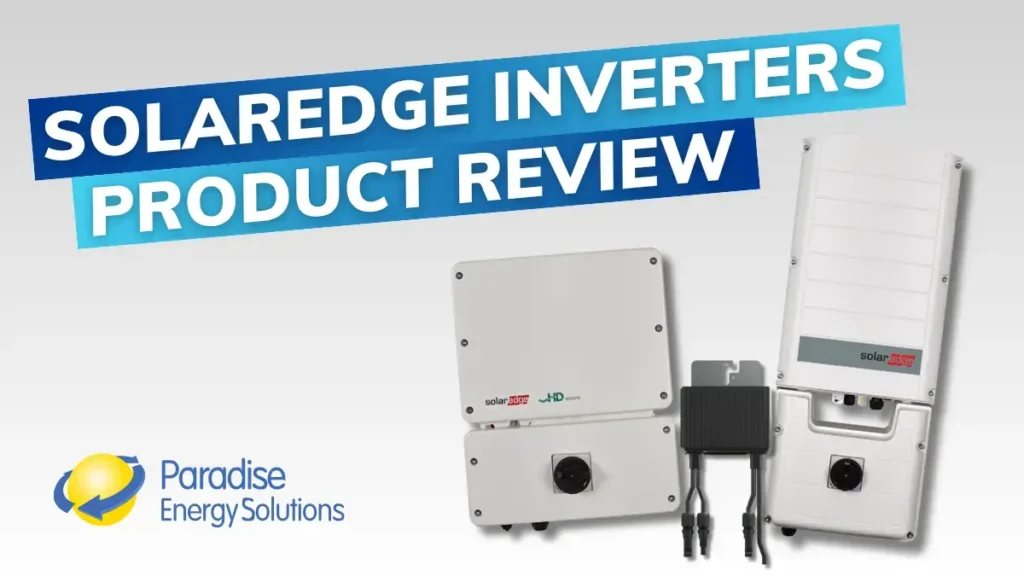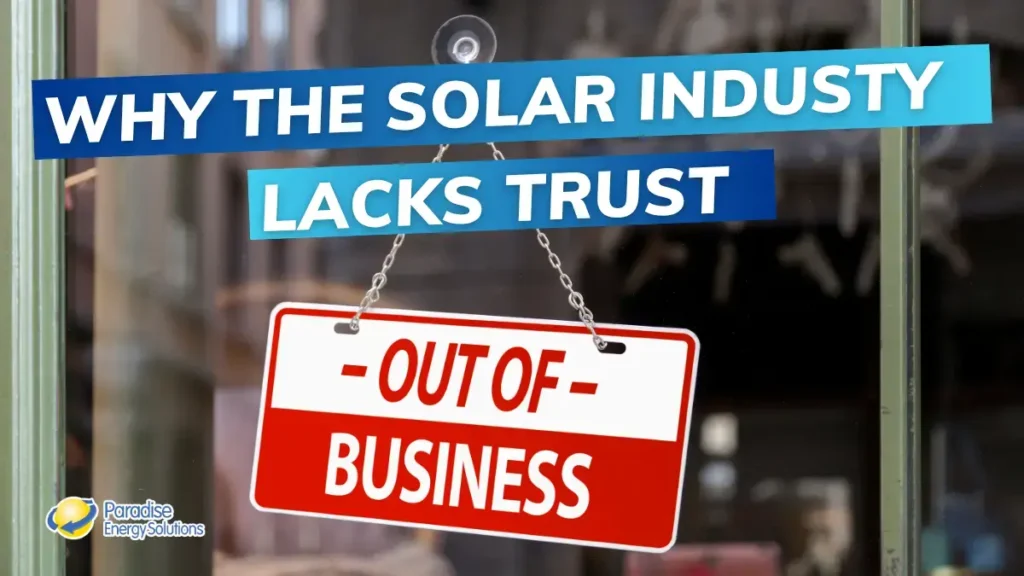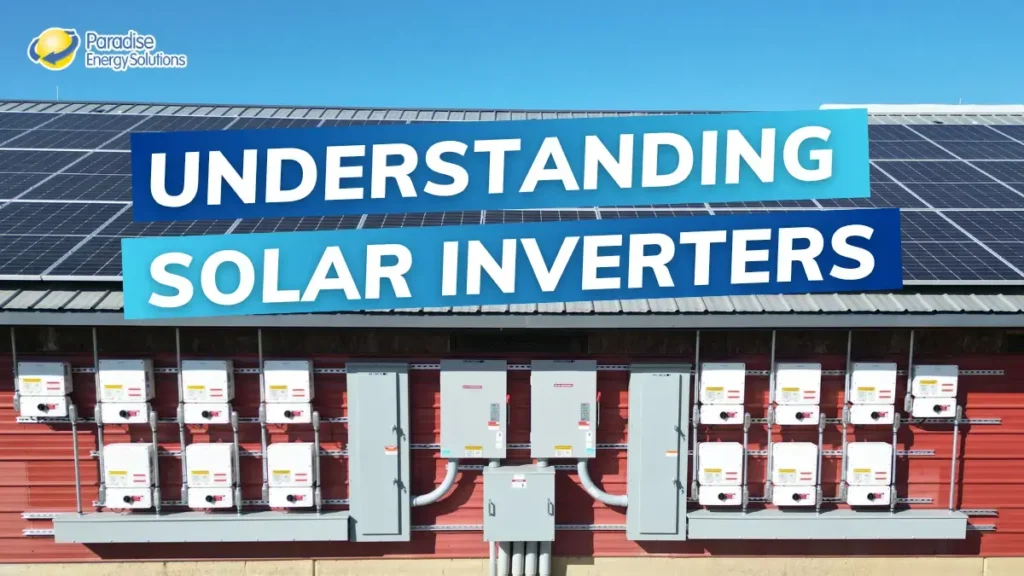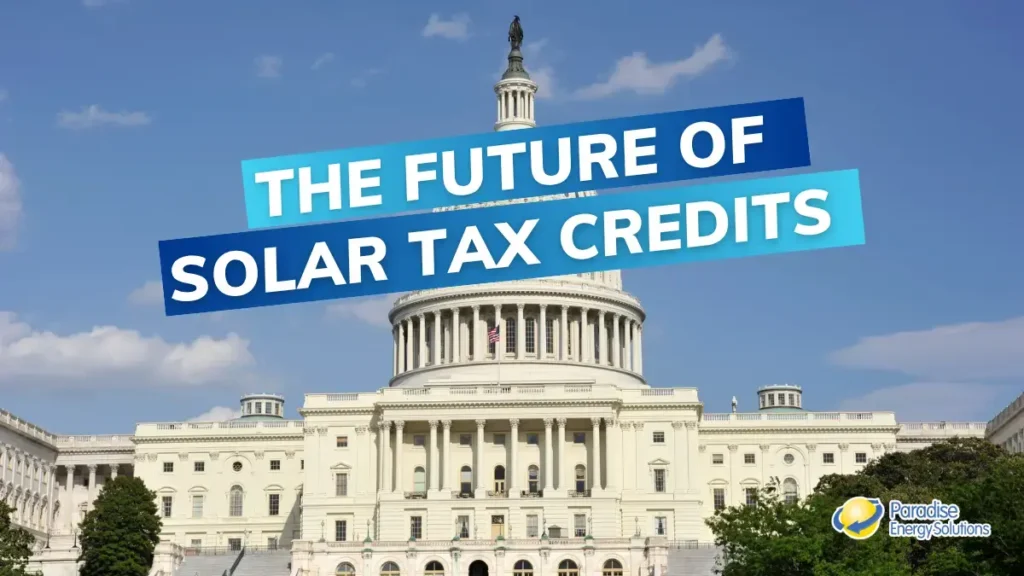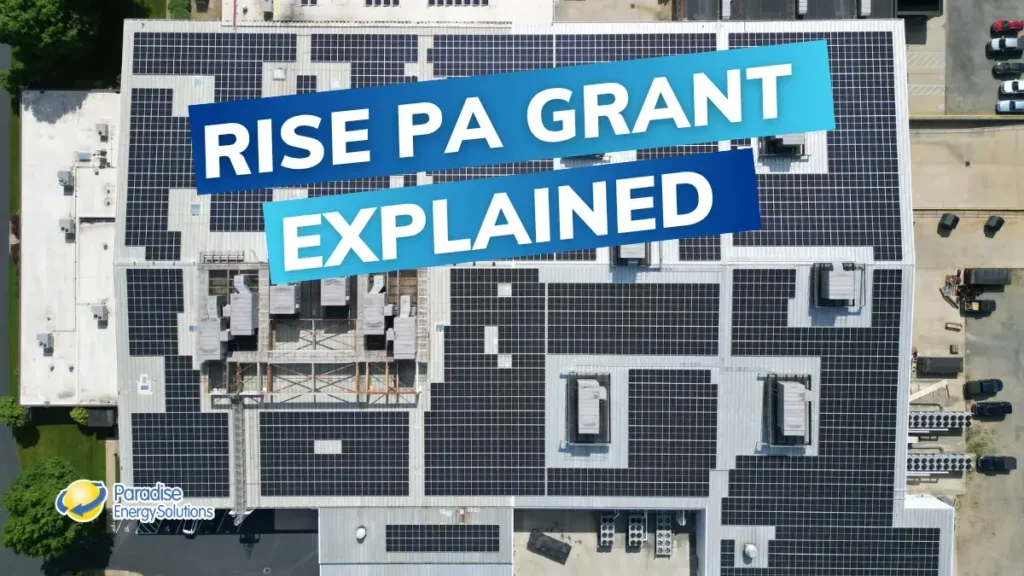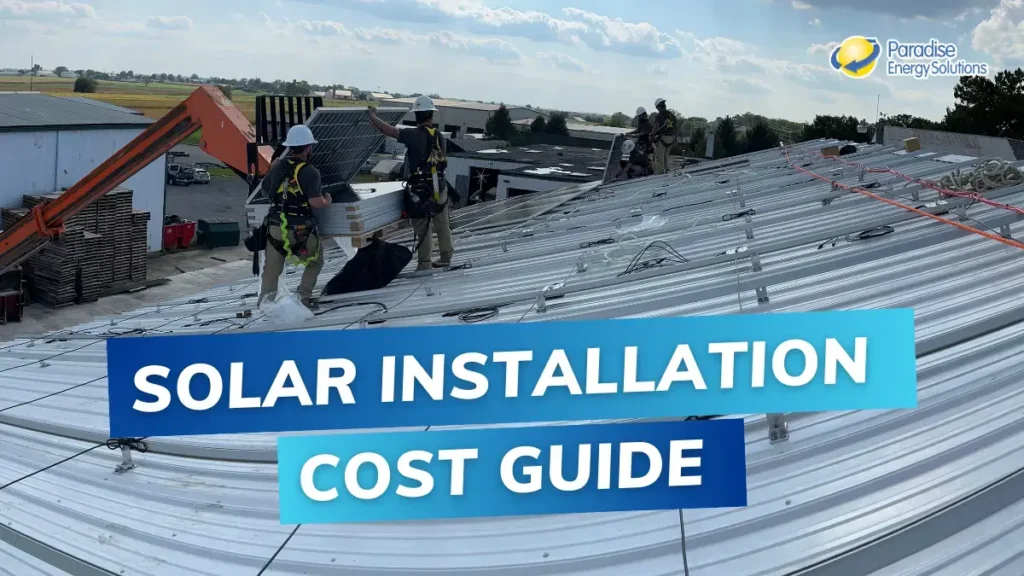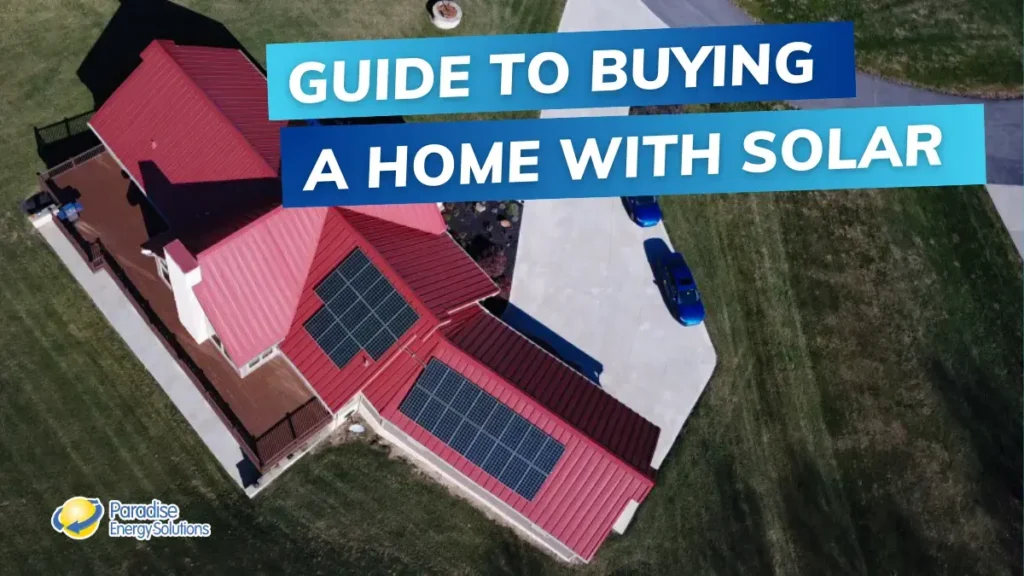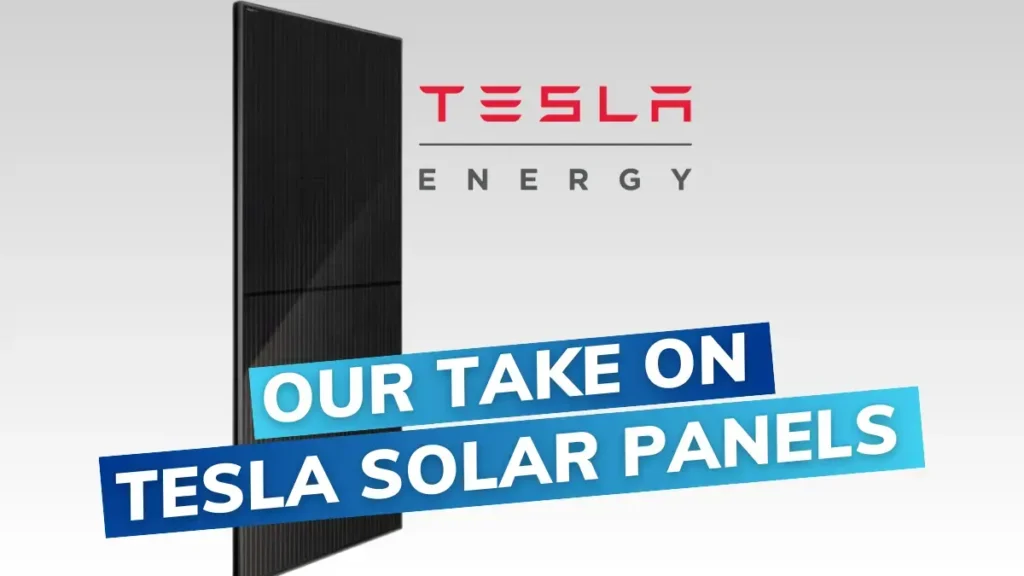Sunlight strikes your solar panels, science does its magic, and power is instantaneously generated in the form of kWh. Your business, farm, or home uses those kWh to power things like lightbulbs and computers.
But what happens if you use less power than your system generates? If you have batteries, then some of the excess energy can be stored there. If you don’t have energy storage, that excess electricity gets uploaded to the utility grid.
So how are you compensated for the extra electricity produced by your system that you don’t use?
In the majority of the states, the utilities compensate you for this energy through net metering. With net metering, solar customers get the same value for every kWh produced, whether or not the kWh is used when generated or passed back onto the grid.
The utility company will credit your account based on the kWh uploaded to the grid by your solar system. This helps cover electricity costs while your system isn’t producing, like during the night. It allows you to take full advantage of solar power throughout the entire day, not just while the sun is shining, without batteries or energy storage.
However, if you are considering going solar in New York, the way you’re being compensated for excess electricity is different. Instead of net metering, New York is transitioning to the Value Stack.
What is the NY Value Stack
In 2017, the New York Public Service Commission adopted a new method called the Value of Distributed Energy Resources (VDER). The VDER uses the Value Stack Tariff to credit solar owners for the power their systems upload to the grid. This new method is part of New York State’s Reforming the Energy Vision (REV), which aims to make the electricity industry more efficient, clean, reliable, and customer-orientated.
VDER was developed to improve net metering and take into account all the additional benefits solar power creates for the state.
While net metering is a simple kWh-for-kWh exchange, the VDER evaluates solar’s benefits as a “value stack.” This collection of values includes locational, environmental, and temporal factors of solar energy. These factors affect how much your utility will credit you via the Value Stack Tariff.
How The Value Stack Works
Your solar energy system produces electricity. This electricity is then used by your building and equipment right away. If your solar system produces more than your building uses, the extra power goes to the utility grid. The utility tracks how much extra electricity is uploaded to the grid by your system every 15 minutes.
Then, the utility purchases this extra electricity from you at the Value Stack rate by giving you a credit on your monthly electric bill.
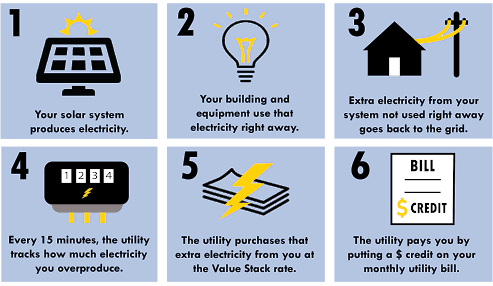
The credit from Value Stack all hinges on the realization that the benefits of solar energy are more complex than net metering’s one-for-one exchange. With net metering, your solar energy gets credited for exactly the same amount as electricity generated through traditional means.
Who is Eligible for NY Value Stack / VDER?
Anyone who is generating distributed energy (like solar) in an area overseen by the Public Service Commission is able to take advantage of NYSERDA’s VDER and the Value Stack. However, this isn’t the entire state of New York. VDER is not available to solar owners connected to the Long Island Power Authority (LIPA), but LIPA has approved a similar solar compensation method.
What Factors Make Up the Value Stack Rate?
While net metering credits the solar overproduction at a rate equal to the retail electric rate, the Value Stack Tariff accounts for other factors. This means you’re compensated for the extra electricity you produce based on its real value to the utility grid. That value is determined by the following factors:
Energy Value
This factor takes into account the wholesale price of electricity per kWh. It is based on the NYISO Day Ahead hourly zonal locational-based marginal price, inclusive of losses.
Capacity Value
This factor takes a look at the electricity usage of the previous year to find the peak hour – the hour the most electricity was used. This value helps to ensure the utilities produce enough electricity to meet peak demands and is normally included in your kWh price. However, because the energy is produced by solar and not the utilities’ generators, you will be compensated for this rate.
Environmental Value
It’s no secret solar energy is a fossil-fuel-free way to produce electricity and is a great environmental alternative. The New York Value Stack takes into account the impact your solar system has on the environment. It awards you based on the higher of the following two measures: NYSERDA’s latest Clean Energy Standard Tier 1 renewable energy certificate procurement price or the Social Cost of Carbon (SCC) determined by the federal government.
Demand Reduction Value (DRV)
It costs the utility a lot of money to produce electricity at high-peak demand times. The utility needs to have facilities in place that can both produce and deliver enough power to serve the maximum amount their customers need. This equipment, even if it’s just on standby, is expensive to build and maintain. That’s why demand costs are levied on businesses and some residences.
Electricity generated by your solar system during peak demand times is more valuable to the utility because it decreases the amount of electricity the utility needs to produce. So if you produce excess electricity that is uploaded to the grid during peak demand, you’ll receive more credit than if it was not during peak demand.
Locational System Relief Value (LSRV)
As the time of day and peak demand affect the cost of producing electricity for utilities, so does the location. Solar systems that produce extra electricity in an area with high electric demand, like a congested metropolitan area, are compensated more than a system that produces electricity in an area with lower demand.
As you can see, there are many variables that go into the Value Stack Tariff! To help with the complexity, NY-Sun has developed a Solar Value Stack Calculator. This calculator allows a solar company or customer to plug in their location, usage, and solar information into the calculator. The calculator then gives an estimated Value Stack rate for that particular customer’s solar system.
What the Value Stack Tariff and VDER Mean for You
The Public Service Commission is rolling out the Value Stack Tariff to distributed generation customers in the following phases:
- Commercial customers receive the Value Stack Tariff if they are installed after March 17, 2017.
- Residential customers installed before January 1, 2020, can choose between the Value Stack Tariff or standard net metering for 20 years. Residential customers installed after January 1, 2020, will receive the Value Stack Tariff.
- If your system was installed before March 17, 2017, then you are grandfathered into standard net metering for the life of your system, whether you are a resident or a business.
If your system currently receives net metering, you are allowed to switch to the Value Stack Tariff. However, you should remember that net metering is a guaranteed credit, while the Value Stack has many variables. It is also important to understand that if you switch to the Value Stack Tariff, you are not allowed to switch back to net metering.
The Value Stack Tariff is just one of many ways New York is encouraging its residents and businesses to go solar. Currently, there is also an “incentive stack” for solar, whether you are a business or a resident.
There is an NYSERDA grant from the state, a 30% Federal Solar Incentive Tax Credit, and Accelerated Depreciation for businesses. If you are a farmer, there is also a potential National Grid grant and a USDA Grant.
For homeowners, there is an NYSERDA grant from the state, a 30% Residential Renewable Energy Tax Credit, and a NY State Residential Solar Tax Credit.
